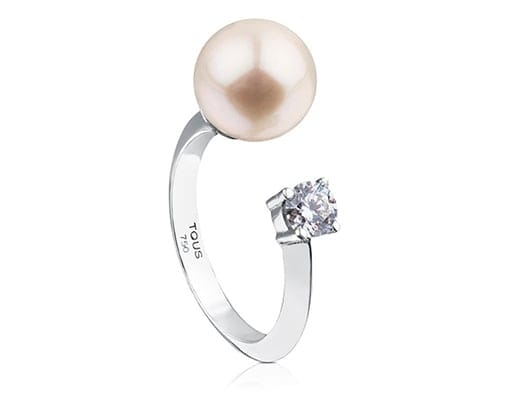PEARLS
CULTURED SALTWATER PEARLS
1. Australian or south sea pearls
They are known as the “queen of the pearls” due to their large size and their unmatched beauty. They can come in a range of shapes, but are usually rounded although baroque shapes are also well desired.
Northern Australia, area around the Philippines, Indonesia.
4. Mabe pearl
When the hemispheric pearl has been covered in with nacre, it is cut, the nucleus is eliminated, the hole is filled, and a mother-of-pearl base is incorporated.
Japan, Indonesia, Australia.
1. Cultivated fresh water pearls
The Japanese began to experiment with freshwater mussels and came to the conclusion that inserting cores was not necessary, only a small pieces of mantle was needed to get the cultivation process started.
China, Japan, USA.
1. Round
2. Half-round
3. Button
2. Coin
3. Stick
4. Rice grain
5. Baroque
SYMBOLOGY
INNOCENCE: Due to their delicate nature, pearls have traditionally been associated with purity and innocence. They are often worn as charms for protection against evil and for good luck.


